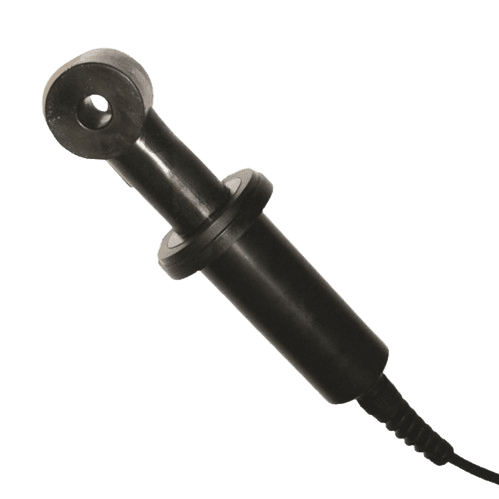
Digital sensor CTZN
Description
The CTZN sensor uses an inductive method with ring-type coils, providing low maintenance and consumable-free technology. Its measurement technology ensures stable and accurate conductivity and salinity readings in demanding environments.
Advantages
- Temperature controlled induction mounting
- Ranges from 0 to 100 mS/cm
- Modbus RS-485 and SDI12 digital communication
- Compact, robust and waterproof sensor
Assets
- Open communication protocol (MODBUS RTU RS485 or SDI12)
- Sensor with low energy consumption
Similar products
Why trust AQUALABO?
AQUALABO, a French company, offers a combination of experience, innovation, international presence, adaptability, and ecological commitment, making it a trusted partner for water quality control.
FAQ Digital sensor CTZN
Is temperature a factor that affects water conductivity measurement?
Yes, temperature is a significant factor influencing water conductivity. Our conductivity sensors are all temperature-compensated to provide accurate results.
How often do Aqualabo’s conductivity probes require recalibration and maintenance?
Thanks to smart digital technology, Aqualabo sensors, including CTZN and C4E, store calibration data internally, offering a plug and play experience without the need for frequent recalibration. Regular maintenance may include cleaning the electrodes, checking for damage and calibrating the sensors. The CTZN (inductive) requires minimal maintenance due to its resistance to fouling, making it a practical choice for installations where access for maintenance may be limited. While generally low maintenance, the C4E (4-electrode system) sensor may require more attention in environments prone to fouling.
Can Aqualabo sensors withstand harsh environmental conditions?
Yes, Aqualabo sensors are built to withstand challenging conditions. The sensors are IP68 rated and constructed with durable materials, ensuring reliability in various water environments.
What is the advantage of the 4-electrode system in C4E probes?
The 4-electrode system in C4E sensors provides enhanced accuracy by regulating voltage and compensating for fouling, ensuring precise conductivity measurements in wastewater, drinking water, and more.
What is the benefit of the inductive method used in CTZN probes?
The inductive method in CTZN sensors ensures resilience to fouling, making them particularly well-suited for applications where water conditions might lead to sensor contamination. This feature enhances the sensor's reliability, especially in environments prone to fouling or sedimentation.
